Home »
Misc »
How to start a basketball program
How to start a basketball program
How to Start a Select Basketball Team
In recent years, basketball has reigned as the #1 team sport in the U.S. According to Sports Business Daily, more than 60 million people over age six play the sport. And 20 million youth between six and 17 play basketball.
Due to the sports’ immense popularity, many people are wondering how to start a select basketball team to grow the game in their area.
Starting a select youth basketball team requires passion and dedication - and a ton of time. But the rewards of seeing young players improve skills and build confidence can make it all worthwhile. Follow these steps to get started!
Skip to a Section...
Choose the Focus of Your AAU Program
When you first form a select basketball program, you probably have big ideas. You may dream of traveling across the country to compete in national events. Or you may want to build a competitive high school basketball program in your area by helping to develop players early.![]()
Those long-range goals may take years to reach. At first, you need to make decisions about team or club structure. If you plan to register with the Amateur Atheltic Union (AAU), you should know you’ll be setting up an AAU club. In the AAU structure, a club can consist of a single team or many teams. Note that there are three levels of AAU club membership that range from $30 to $300.
Also, you should know that there are other select basketball organizations besides AAU. You can look into the National Travel Basketball Association (NTBA) or regional travel leagues in your area.
You need to ask yourself some critical questions as well:
Are we focusing on one age group or multiple?
Are we offering both boys and girls basketball?
What do we hope to achieve in three years, or five, or 10?
Will your program be based in one community, or an entire region?
Do I want this to be a volunteer run program? Or do I want to have part time employees coaching and running the teams?
These focusing questions and others will help you scope your initial efforts and plan for the future.
Once you have an initial overview of the program you want to start you need to start promoting the new organization.
The easiest first step is to name the organization and create a social media page on either Facebook or Instagram. No need to try to do too much at first, just create a social media page for your teams and announce yourself to the world! You can post the initial goals of the organization and potential tryout dates, age groups, etc.
You should also get a high quality logo for your program. Nowadays you can get access to professional designers easily using services like Upwork or Freelancer. Just create an account and post a simple task for logo or branding creation, and you’ll get applications from designers to work on your logo for you. You can probably get a nice logo created for around $50.
A logo will go a long way toward establishing credibility for you club and getting interest from potential players.
Set Up a Website and Online Payments
When you’ve named or organization and created a logo, setting up a website for your basketball program can also be a simple process and will be a credibility builder for your new organization.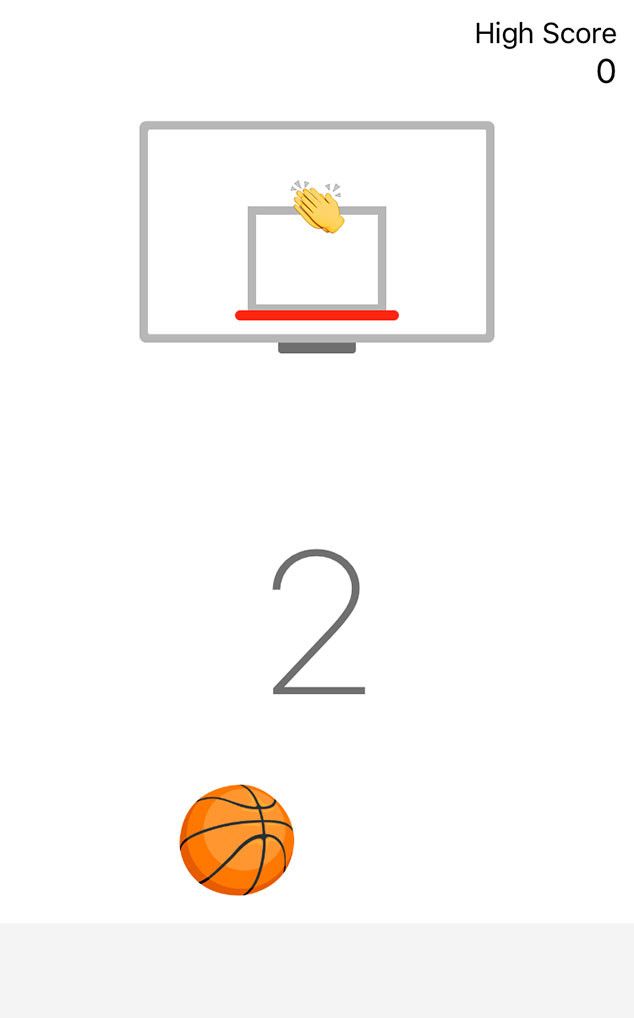
A website should serve as the central location to post information like rosters, coaching profiles, your Mission Statement, and organization history. You should also use your website to register players for tryouts and collect club fees, post tournament schedules, and list event recaps.
As your program grows you can also list organization accomplishments - like tournaments won, college commitments, and academic achievements as your club progresses.
Depending on the software provider you choose for your program, you can also run online registration and communicate with parents through your website.
A website is a great tool to promote your basketball program throughout the year, and also manage all of the administration for your teams.
Form Your First AAU Basketball Team
After you’ve established your initial focus, you are ready to form your first team. You’ll need to secure a coaching staff first.
Parents with high school or college playing experience or current high school players may make good coaches.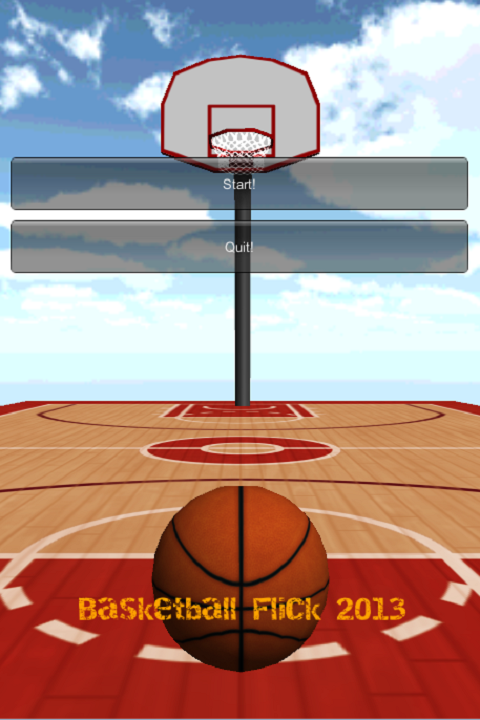 If you can find like-minded parents that have experience playing or coaching, you might be able to build a coaching staff for your team quickly.
If you can find like-minded parents that have experience playing or coaching, you might be able to build a coaching staff for your team quickly.
Once your coaching staff is in place, it’s time to select players. You’ll want to hold open tryouts to find the right mix of players and aim to recruit a few standouts. Try to work with the local high school programs or recreational youth programs to get the word out about your organization.
Getting your roster set is a huge step. Tell everyone to register for an AAU membership if you plan to participate in AAU basketball tournaments. Make sure your team is signed up with NTBA if you want to take part in that league’s events.
Secure Locations and Set Up Schedules
Now you are ready to start holding practices. The advantage of having a select team is that you can choose practice times that work for everyone involved.
Keep in mind that select basketball is a big commitment. And that youth athletes need time for rest between practices and games to avoid the risk of overuse injuries and burnout.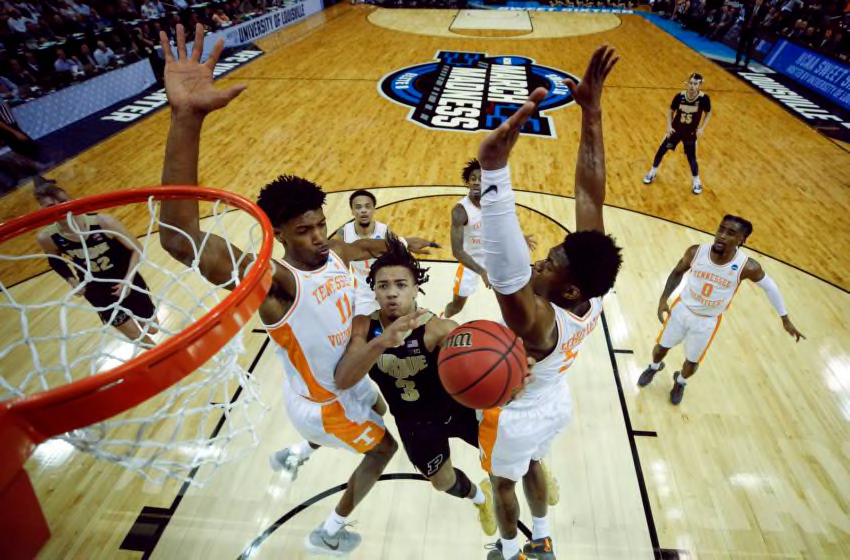 According to NBA youth basketball guidelines, players age 11 and under should have at least two rest days per week, with athletes age 12 to 18 needing at least one rest day. The NBA also recommends the following maximum weekly limits for young players:
According to NBA youth basketball guidelines, players age 11 and under should have at least two rest days per week, with athletes age 12 to 18 needing at least one rest day. The NBA also recommends the following maximum weekly limits for young players:
Make sure not to overwork your players. Practice time should be limited to a couple of days per week, especially if they haven’t entered high school yet.
In choosing a practice location, put safety considerations first. The AAU facility checklist offers excellent tips, such as:
Make sure the playing surface is in proper condition
Ensure the playing area has proper markings
Make sure lighting is adequate
Ensure that facilities like bathrooms and locker rooms are in good condition
Often, secondary schools or recreation centers are good facility options. You’ll need to consider available space, times, and costs in selecting your practice venue.
Select Events and Calculate Costs
After you’ve established your team and practice schedule, you can start researching events. On the AAU website or Exposure Events, you can search by age, state, event type, and more. Youth basketball tournaments take place across the United States, nearly every weekend of the year. However, you’re likely to want to stay closer to home during your first seasons of select basketball.
On the AAU website or Exposure Events, you can search by age, state, event type, and more. Youth basketball tournaments take place across the United States, nearly every weekend of the year. However, you’re likely to want to stay closer to home during your first seasons of select basketball.
Keep in mind that tournament registration fees can add up quickly. And travel costs can add up for families too. According to cost data from USA Today High School Sports, playing on a very active team that travels most weekends can cost families up to $5,000 for two seasons of play. If your team can secure sponsorships, you may be lucky enough to lower those costs down to as little as $500 annually.
Start Growing Your Select Basketball Program
For many talented athletes, a select program is a better fit than rec basketball. If your community doesn’t yet have a select team, why not consider starting one? Elite teams help top players improve basketball skill levels and develop their talents.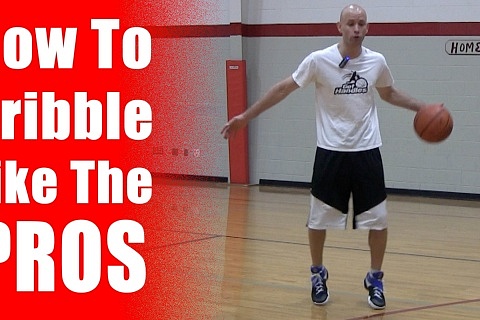
Select basketball is a big commitment for parents, players, and coaches. But select teams offer young athletes a chance to compete at elite levels. And some tournaments offer exposure to college basketball recruiters. You can play a significant role in helping a gifted player maximize potential by starting a select basketball team.
Additional Resources
The 6 Top Youth Basketball Drills for Coaches
How to Build a Website for a Youth Sports Program
The Best Tools for Nonprofit Sports Organizations
How to Find Companies that Sponsor Youth Sports
How to Apply for Grants for Youth Sports
How to Start a Select Basketball Team
In recent years, basketball has reigned as the #1 team sport in the U.S. According to Sports Business Daily, more than 60 million people over age six play the sport. And 20 million youth between six and 17 play basketball.
Due to the sports’ immense popularity, many people are wondering how to start a select basketball team to grow the game in their area.
Starting a select youth basketball team requires passion and dedication - and a ton of time. But the rewards of seeing young players improve skills and build confidence can make it all worthwhile. Follow these steps to get started!
Skip to a Section...
Choose the Focus of Your AAU Program
When you first form a select basketball program, you probably have big ideas. You may dream of traveling across the country to compete in national events. Or you may want to build a competitive high school basketball program in your area by helping to develop players early.
Those long-range goals may take years to reach. At first, you need to make decisions about team or club structure. If you plan to register with the Amateur Atheltic Union (AAU), you should know you’ll be setting up an AAU club. In the AAU structure, a club can consist of a single team or many teams. Note that there are three levels of AAU club membership that range from $30 to $300.
Also, you should know that there are other select basketball organizations besides AAU.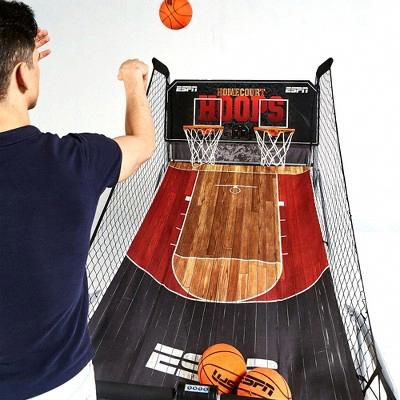 You can look into the National Travel Basketball Association (NTBA) or regional travel leagues in your area.
You can look into the National Travel Basketball Association (NTBA) or regional travel leagues in your area.
You need to ask yourself some critical questions as well:
Are we focusing on one age group or multiple?
Are we offering both boys and girls basketball?
What do we hope to achieve in three years, or five, or 10?
Will your program be based in one community, or an entire region?
Do I want this to be a volunteer run program? Or do I want to have part time employees coaching and running the teams?
These focusing questions and others will help you scope your initial efforts and plan for the future.
Once you have an initial overview of the program you want to start you need to start promoting the new organization.
The easiest first step is to name the organization and create a social media page on either Facebook or Instagram. No need to try to do too much at first, just create a social media page for your teams and announce yourself to the world! You can post the initial goals of the organization and potential tryout dates, age groups, etc.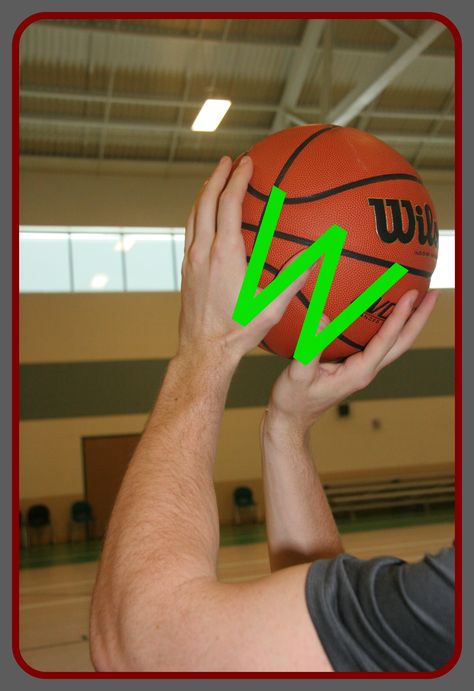
You should also get a high quality logo for your program. Nowadays you can get access to professional designers easily using services like Upwork or Freelancer. Just create an account and post a simple task for logo or branding creation, and you’ll get applications from designers to work on your logo for you. You can probably get a nice logo created for around $50.
A logo will go a long way toward establishing credibility for you club and getting interest from potential players.
Set Up a Website and Online Payments
When you’ve named or organization and created a logo, setting up a website for your basketball program can also be a simple process and will be a credibility builder for your new organization.
A website should serve as the central location to post information like rosters, coaching profiles, your Mission Statement, and organization history. You should also use your website to register players for tryouts and collect club fees, post tournament schedules, and list event recaps.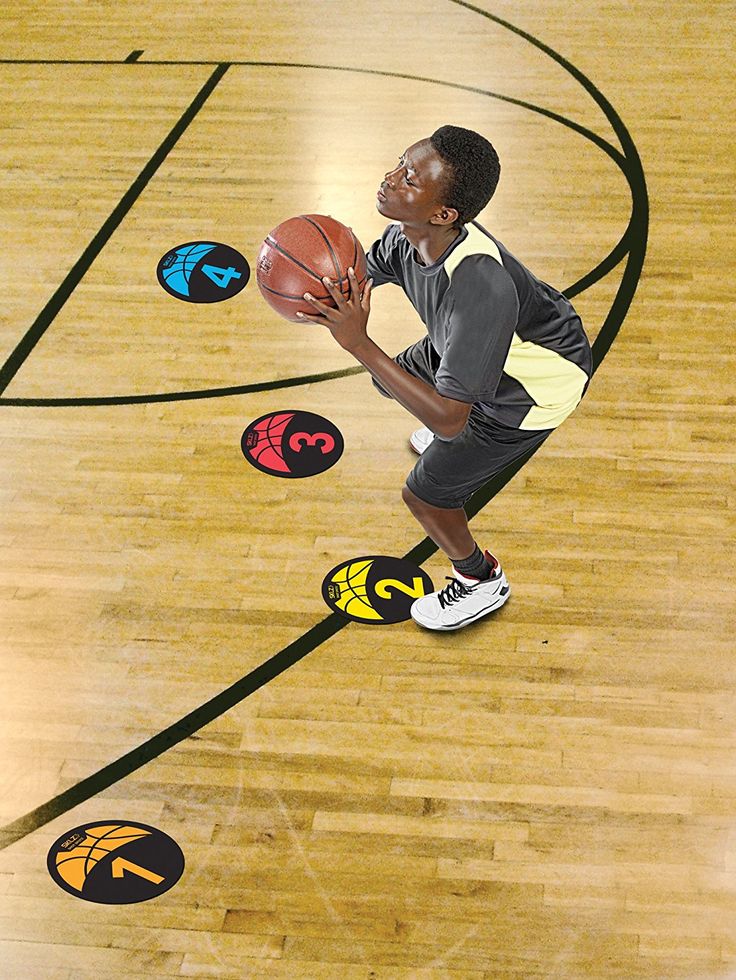
As your program grows you can also list organization accomplishments - like tournaments won, college commitments, and academic achievements as your club progresses.
Depending on the software provider you choose for your program, you can also run online registration and communicate with parents through your website.
A website is a great tool to promote your basketball program throughout the year, and also manage all of the administration for your teams.
Form Your First AAU Basketball Team
After you’ve established your initial focus, you are ready to form your first team. You’ll need to secure a coaching staff first.
Parents with high school or college playing experience or current high school players may make good coaches. If you can find like-minded parents that have experience playing or coaching, you might be able to build a coaching staff for your team quickly.
Once your coaching staff is in place, it’s time to select players. You’ll want to hold open tryouts to find the right mix of players and aim to recruit a few standouts.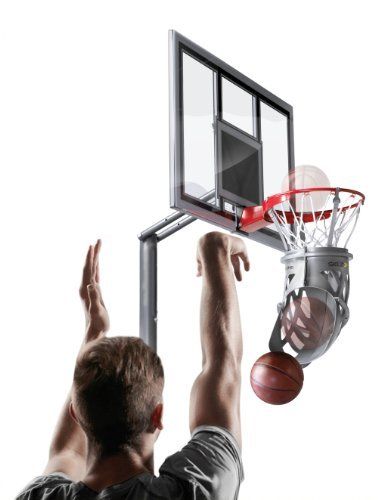 Try to work with the local high school programs or recreational youth programs to get the word out about your organization.
Try to work with the local high school programs or recreational youth programs to get the word out about your organization.
Getting your roster set is a huge step. Tell everyone to register for an AAU membership if you plan to participate in AAU basketball tournaments. Make sure your team is signed up with NTBA if you want to take part in that league’s events.
Secure Locations and Set Up Schedules
Now you are ready to start holding practices. The advantage of having a select team is that you can choose practice times that work for everyone involved.
Keep in mind that select basketball is a big commitment. And that youth athletes need time for rest between practices and games to avoid the risk of overuse injuries and burnout. According to NBA youth basketball guidelines, players age 11 and under should have at least two rest days per week, with athletes age 12 to 18 needing at least one rest day. The NBA also recommends the following maximum weekly limits for young players:
Make sure not to overwork your players.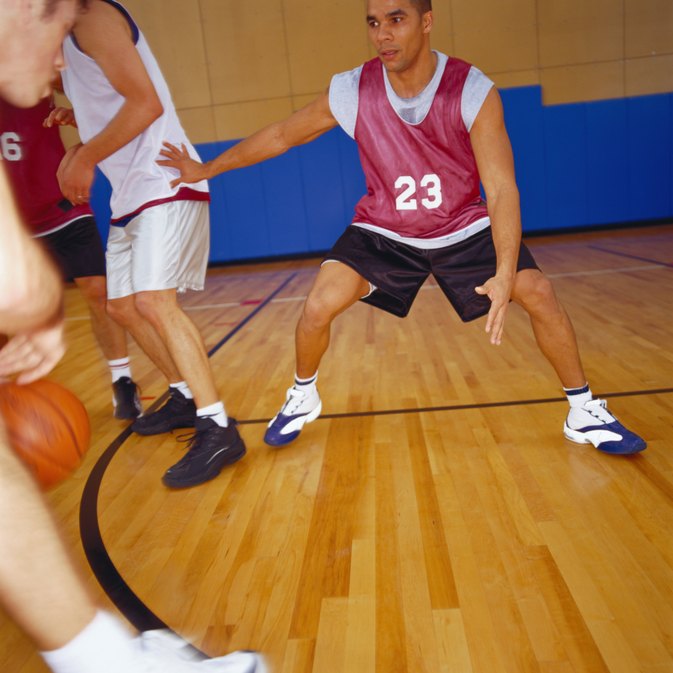 Practice time should be limited to a couple of days per week, especially if they haven’t entered high school yet.
Practice time should be limited to a couple of days per week, especially if they haven’t entered high school yet.
In choosing a practice location, put safety considerations first. The AAU facility checklist offers excellent tips, such as:
Make sure the playing surface is in proper condition
Ensure the playing area has proper markings
Make sure lighting is adequate
Ensure that facilities like bathrooms and locker rooms are in good condition
Often, secondary schools or recreation centers are good facility options. You’ll need to consider available space, times, and costs in selecting your practice venue.
Select Events and Calculate Costs
After you’ve established your team and practice schedule, you can start researching events. On the AAU website or Exposure Events, you can search by age, state, event type, and more. Youth basketball tournaments take place across the United States, nearly every weekend of the year. However, you’re likely to want to stay closer to home during your first seasons of select basketball.
However, you’re likely to want to stay closer to home during your first seasons of select basketball.
Keep in mind that tournament registration fees can add up quickly. And travel costs can add up for families too. According to cost data from USA Today High School Sports, playing on a very active team that travels most weekends can cost families up to $5,000 for two seasons of play. If your team can secure sponsorships, you may be lucky enough to lower those costs down to as little as $500 annually.
Start Growing Your Select Basketball Program
For many talented athletes, a select program is a better fit than rec basketball. If your community doesn’t yet have a select team, why not consider starting one? Elite teams help top players improve basketball skill levels and develop their talents.
Select basketball is a big commitment for parents, players, and coaches. But select teams offer young athletes a chance to compete at elite levels. And some tournaments offer exposure to college basketball recruiters.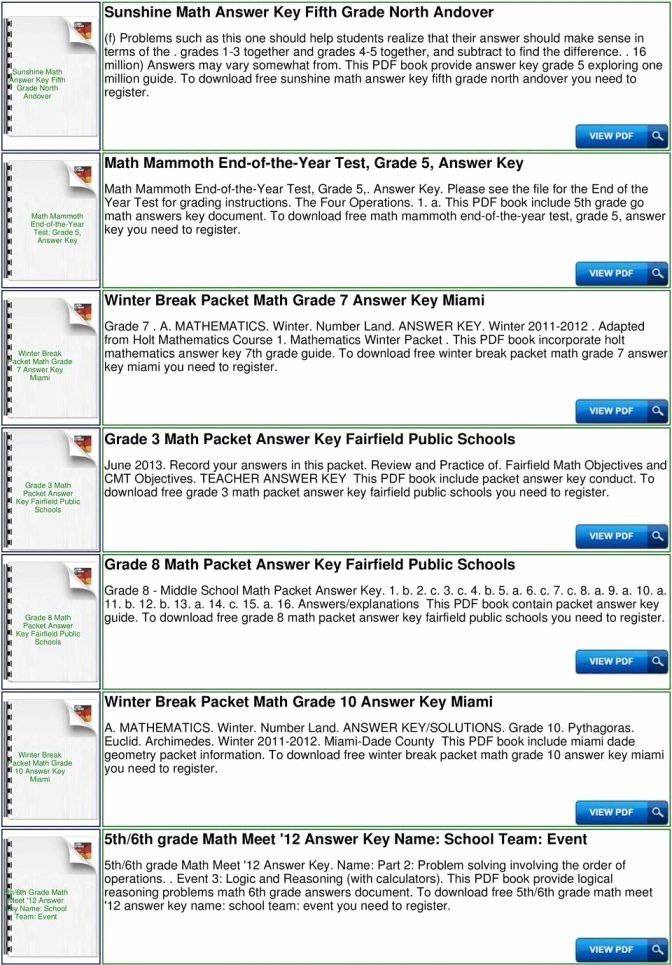 You can play a significant role in helping a gifted player maximize potential by starting a select basketball team.
You can play a significant role in helping a gifted player maximize potential by starting a select basketball team.
Additional Resources
The 6 Top Youth Basketball Drills for Coaches
How to Build a Website for a Youth Sports Program
The Best Tools for Nonprofit Sports Organizations
How to Find Companies that Sponsor Youth Sports
How to Apply for Grants for Youth Sports
Basketball academy "Movement Up" has released a mobile application "DV Junior" / Student Basketball Association
Tutorial for the best ball game in your pocket!
Dvizhniye Vverkh Basketball Academy has released a free mobile application DV Junior for developing basketball skills at home.
The app is perfect for those who want to play basketball but don't know where to start. "DV Junior" will help you choose the right training program and achieve your goal.
"DV Junior" is a whole range of home workout programs developed by professional trainers, from beginner to advanced level.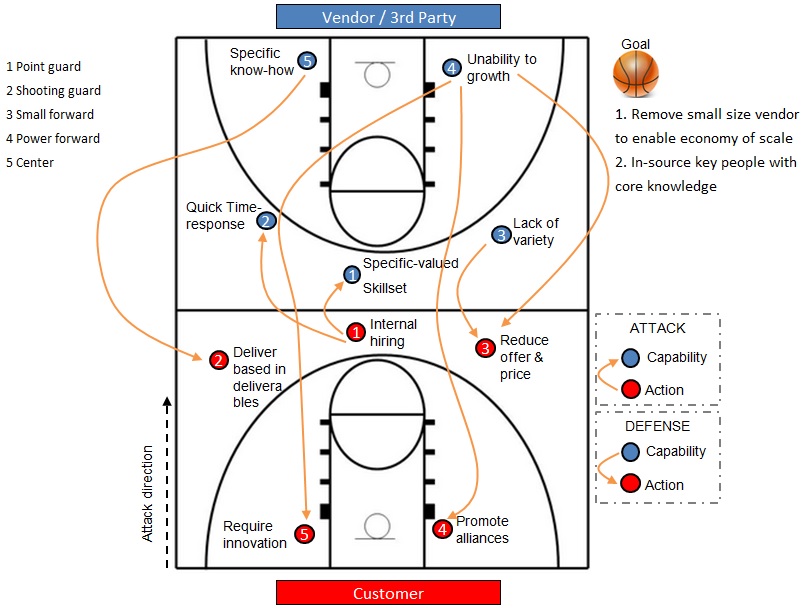 You can keep fit and develop your dribbling and shooting skills from the comfort of your home.
You can keep fit and develop your dribbling and shooting skills from the comfort of your home.
Even if you are already involved in basketball, you will still find a lot of useful things in DV Junior - the application has programs for an advanced level, which, with regular work, will allow you to "pump" your ball handling skills.
“The purpose of launching this application is to motivate everyone to take basketball lessons on their own, as well as to make these lessons as effective and interesting as possible. The DV Junior application is for children and their parents, for everyone who already has experience in playing basketball or is just starting their lessons. The programs are formed taking into account the complexity of the technical elements, the exercises themselves are selected in accordance with the methodology of teaching basketball and suggest to users the most effective way of training,” said a professional coach, sports director of the “Move Up” project Maxim Sharafan .
In order to evaluate all the features of the application, you need:
- Register
Create a username and password and fill in your profile.
- Select program
The first programs of the six big courses are available at launch (Dribbling, Dribbling, NBA Tricks, Dribbling with Two Balls, Warm Up with the Ball, and Ball Possession). Choose one and start training! We recommend that you take the courses in order so that your work is as efficient and consistent as possible.
- Complete a workout
Each program contains several workouts. Start with the first, watch the demonstration of the exercise, follow the correct technique and execution time.
You can train not only at home, but also on the street or in the gym - the location does not affect the programs, the main thing is attentive work and return!
- Finish the program and do homework
At the end of each program, you will be given a short homework assignment.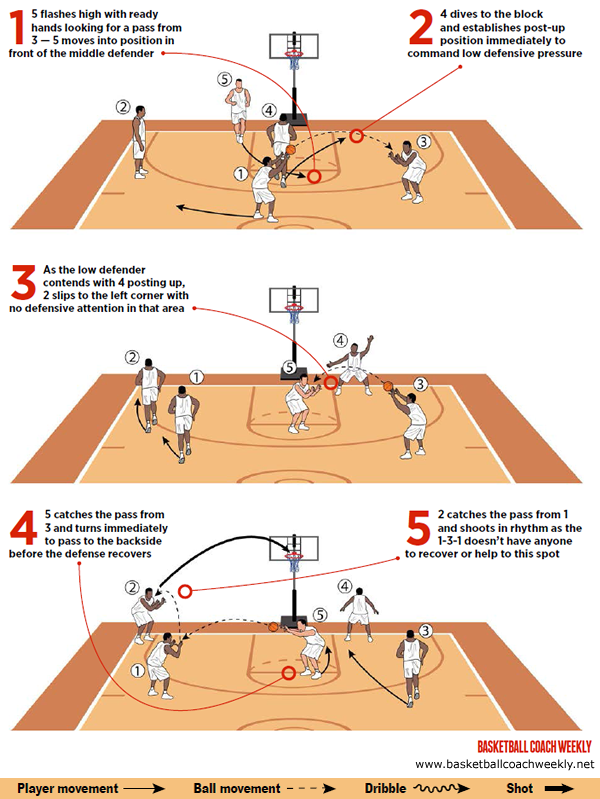 Record on video how you perform it and send it to our trainers for verification. They will respond within a day and will definitely give you useful recommendations! After completing the task correctly, the next program of the course will open for you.
Record on video how you perform it and send it to our trainers for verification. They will respond within a day and will definitely give you useful recommendations! After completing the task correctly, the next program of the course will open for you.
Another feature of the app is the ability to ask the coach a question.
The coaches of the Movement Up Basketball Academy are in touch daily and ready to answer any questions regarding the application, training and much more. Feel free to ask questions!
The app is free on the App Store and Google Play. Programs in the application will be added and updated - do not miss it!
Additional information about the application is available on the site dvjunior.ru.
Teaching basketball in elementary grades.
Prepared by the teacher of physical culture Rylkov G.V.
Since the 2002-2003 academic year, along with the current comprehensive program, several alternative physical education programs have been introduced for students of general education schools.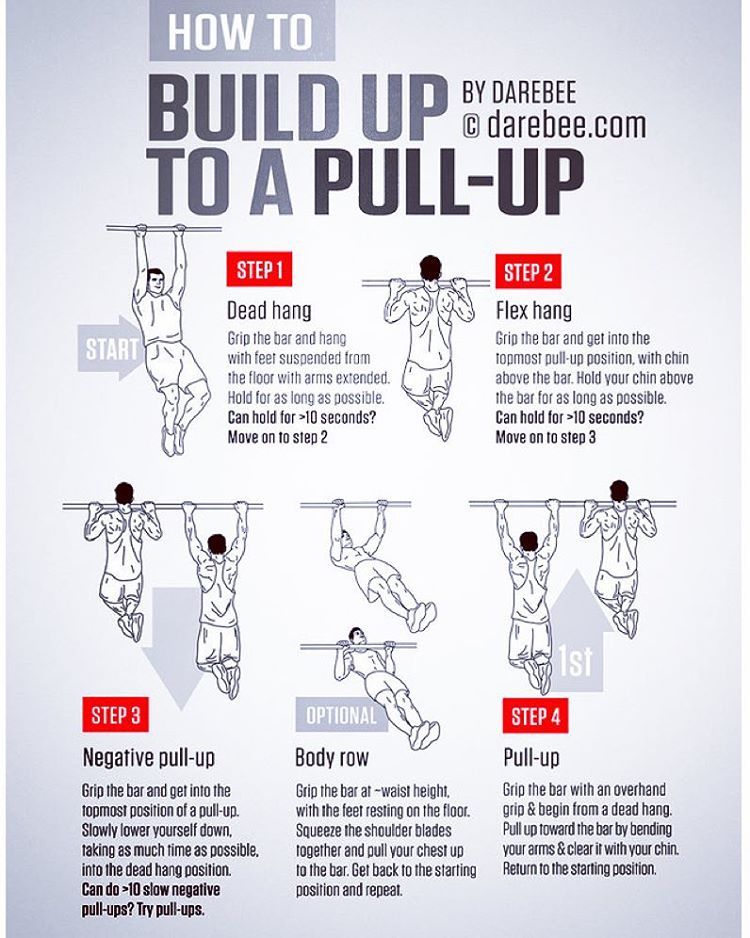 And so, working on a comprehensive program, I decided to use one of these alternative programs,
And so, working on a comprehensive program, I decided to use one of these alternative programs,
which is based on one of the most massive and popular sports among schoolchildren - basketball, but can only be used in elementary school starting from the 2nd grade, since the comprehensive curriculum for teaching this sport does not provide for elementary school, although passing the section "Outdoor games" schoolchildren master some skills in possession of the ball. A certain role in my decision was also played by the fact that our elementary school works according to experiment 1-4, and therefore I, as I work and in grades 2-3, have to look for and solve something different, new.
Their program material of the alternative program, I used in my work two educational sections "basic knowledge" and "Special training", and included them in the section "Outdoor games" for grades 2-3. And now my work in this direction began to include three stages in teaching this sport:
Stage 1 - 2-3 classes
Stage 2 - 5-8 grades
Stage 3 - 9-11 grades
Why this sport and not another I chose in my work. Firstly, basketball has become a traditional sport at school for a number of years. Secondly, I myself used to be engaged in game types and basketball is more familiar to me.
Firstly, basketball has become a traditional sport at school for a number of years. Secondly, I myself used to be engaged in game types and basketball is more familiar to me.
And thirdly, the technical and tactical actions inherent in basketball are fraught with great opportunities for the formation of vital motor skills and the development of children's physical abilities.
But I will dwell in more detail on teaching basketball in elementary grades.
Starting from the 2nd grade, students master throws, catching, passing small rubber balls to a partner, stopping in motion on a sound signal and various exercises that develop motor skills. We study all these elements in different ways, but the most acceptable one is through games, for example, “Ball to a Neighbor”, “Passing the Ball in Columns”, “Ball to a Neighbor”, etc. Also in the lessons I use small sports equipment, mostly for personal use, these are small rubber balls , cubes, weighted bags.
Performed exercises with these objects in walking and running, on the spot, in the lid, throws and catching in pairs, students develop the skills that they need later when handling a basketball.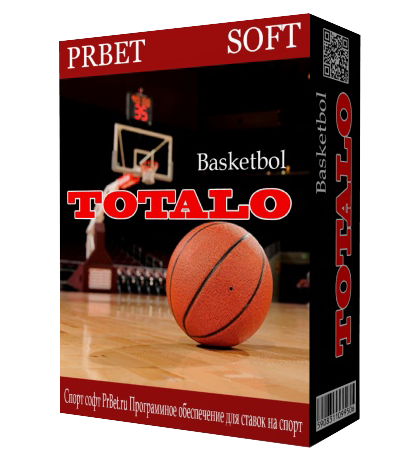
Starting to study some techniques, I introduce the guys to the markings of the basketball court and give them various tasks “Walking along the indicated lines”. To do this, I prepare for them the pace of movement "Hourglass", "Reel", "Snake", etc.
In the class II program, I included the player’s stance, the player’s movement in the stance, stop on a sound signal and various sets of exercises with small and large balls. For the harmonious development of the body and coordination of movements, we perform exercises with both the right and left hands, perform jumps on both the right and left legs, and then we complicate the exercises.
I start training from the player’s stance, explain why a stance is needed in the game and show what position should be in the stance: legs half-bent, arms in front of the chest, and I give exercises for training.
1. Line up. Crouching to jump out and land on half-bent legs, legs shoulder-width apart, one set forward.
2. Sit down in a line, jump out and land in a standing position.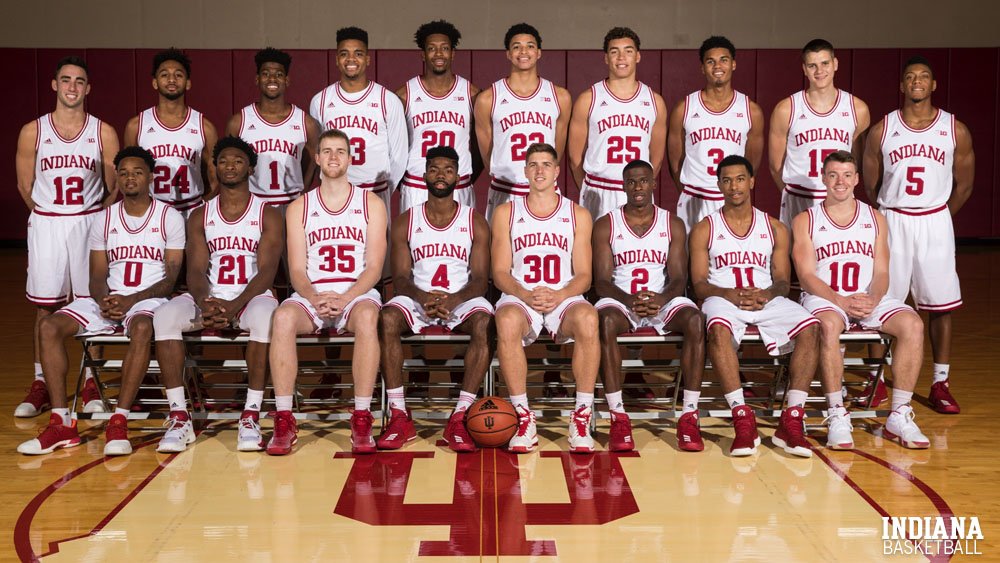 Immediately after landing on bent legs, run to the opposite sideline. Use the rack in outdoor games "Sparrows and Crows", "Day and Night", etc.
Immediately after landing on bent legs, run to the opposite sideline. Use the rack in outdoor games "Sparrows and Crows", "Day and Night", etc.
Movement. There are many varieties of movements, but first we learn running facing forward in a straight line, then we master running with a change in direction and speed. After that, we learn running sideways, backwards and their varieties. The basic element is the position on half-bent legs and balance, which is ensured by the half-bent legs of the arms in front of the chest.
Training exercises:
1. Running around the hall on half-bent legs with a sliding touch of one, then with both hands of the floor along the whistle.
2. Oncoming relay races with touching lines and objects on the floor.
3. Running circles with hand touching the line of the circle. Relay races with running circles.
When conducting games and exercises of a technical nature, I use lighter balls, and heavier balls in general educational exercises.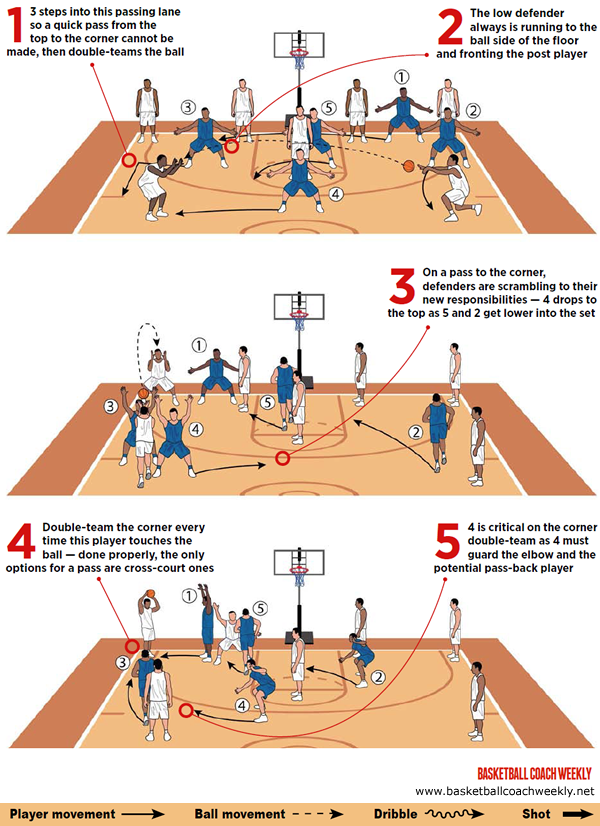
While walking at an average pace, and then when running, we execute the “Stop” command after which the students stop in a wide step position. With the help of various general developmental exercises with small and large balls, we study movements with balls. The same exercises are for the children a means of developing motor qualities.
To master the techniques of the game I use lead-up exercises:
1. Large ball in both hands at chest level. Throwing the ball up and catching it, you can clap your hands behind your back.
2. The same as exercise 1 but with catching after the ball bounces off the floor at different heights6 at the level of the knee, waist, head.
3. Ball on the floor in front of the student. Bend over and put your hands on the ball. Repeat several times.
4. Same as exercise 3, but put your hands on the ball, grab it with your fingers and press it to your chest, straighten up, bend over again, put the ball on the floor, straighten up.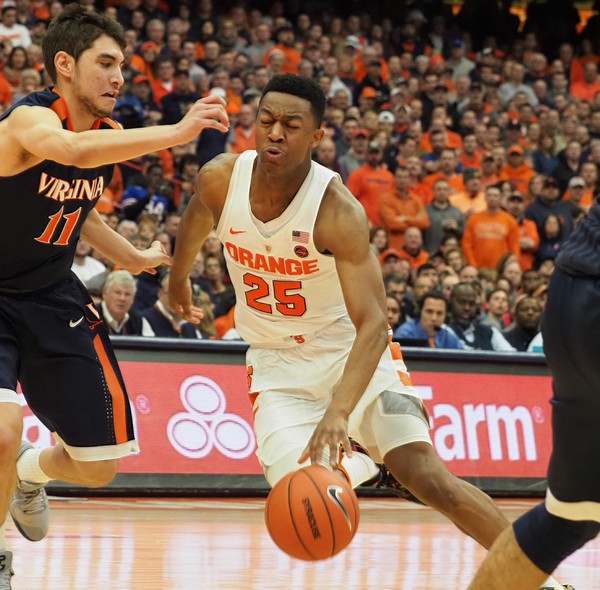
5. Exercises in pairs with the ball.
6. Throw the ball over your head, straighten your arms and catch the ball, pulling your arms to your chest.
In the third grade, students learn to move in a standing position, jump stop, catch and pass the ball with two hands from the chest from a place, with a reflection from the floor and backboard.
The main task of teaching basketball in grade III is to study the basics of the game technique and consolidate the acquired skills in outdoor games and special exercises. In the course of basketball lessons, I use various types of walking in a squat and half-squat position on the entire foot, on the toes and lateral arches of the foot, jumping with a push of both legs (in a squat and half-squat), changing the direction of movement (straight, back, left, right), alternating them with walking. Then I give a run from various starting positions, sitting, kneeling, alternating slow running with accelerations and stops in the position of a wide ball. After that, we perform various exercises for the muscles of the arms and legs.
After that, we perform various exercises for the muscles of the arms and legs.
Jump stop. By stopping, the student must cancel the forces of inertia and take a position from which he can start in any direction. The basic element is the position on bent legs with a variable body weight on the back standing leg.
Exercises for learning.
1. Building in 1 line. Alternately in the line, jump in place with a stand with the leg extended forward, squat on the standing leg behind with the hand touching the floor next to it, also on the other leg.
2. In a column, one by one, moving around the hall, make stops on sound signals.
3. The game "Tag" (in pairs, or in groups) performing stops with the arrival. The driver catches up with them and tries to overpower them.
Catching and passing the ball with both hands from the chest while standing still. The main element during catching is the position of the hands, reproducing the shape of the ball. Exercises with passing and catching the ball are performed in the player's stance.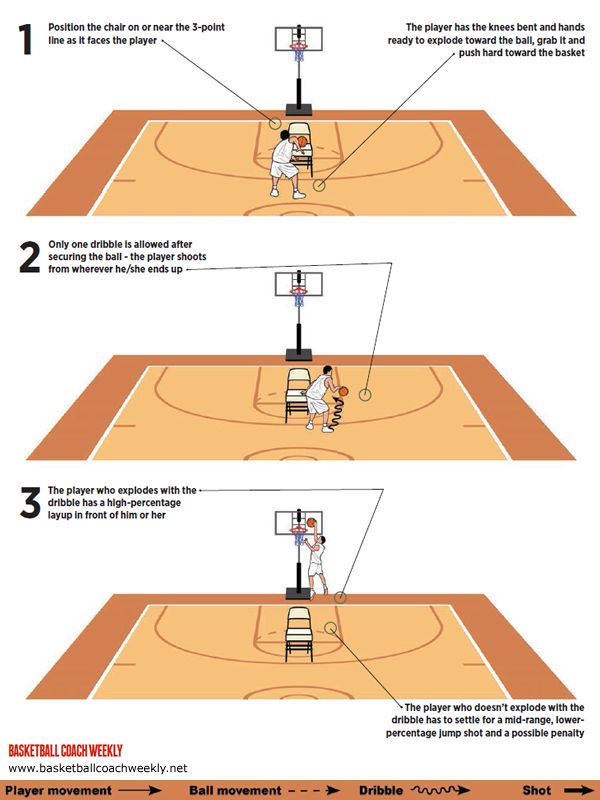
Exercises for learning.
1. In ranks of 4-5 people. In front of each line is a driver. The players take a stand. Hands at face level, brushes reproduce the shape of the ball. The driver alternately puts the ball into the hands of the players, having received the ball, the player lowers his hands to his chest and holds in the position from which the transfer is made.
2. Standing in line. The driver alternately throws the ball to the players, doing this from 2-3 m with one hand from below so that the ball flies at face level. The player extends his arms and catches the ball with a step towards.
Dribbling with the right and left hand in a straight line.
The main element is the position of the forearm and elbow of the hand leading the ball, which, as if trying to take a position below the hand, are ahead of the hand. This makes it possible to follow the ball far down and meet it early with a brush, as well as control the ball.
Exercises for learning.